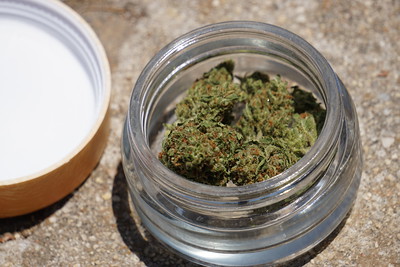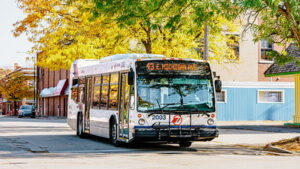Research in the Journal of American College Health examines substance use differences among students at four-year and two -year colleges. The study authors determined that four-year students consumed alcohol more frequently while two-year students used cannabis more often. The study examined only substance use, but not in the context of mental health.
The researchers want to examine how a student’s perception of substance use among peer students influences actual consumption. In the results, researchers noted that four-year students believed their four-year peers drank more frequently. Two-year students believed their two-year peers did not consume as much alcohol.
On the other hand, two- year students believed their two-year peers used cannabis more frequently. Alternately, four-year students believed their four-year peers did not use cannabis as often. These perceptions mirrored the self-reported use of both alcohol and cannabis among each study group. The study examined the behaviors of more than 500 students aged 18-23 in Washington State.
Another possibility is the presence and frequency of mental health conditions among community college students. In a 2021 NIH study of nearly 106,000 four-year and two-year college students, researchers found that as many as half of community college students between the ages of 18-22 met the diagnostic criteria for serious conditions (including depression and anxiety) compared to their four-year counterparts at the same age. Community college students may use cannabis more frequently to self-medicate otherwise treatable conditions.
Mental health services are hard to come by for community college students
The study authors speculated that community college students were less likely to have availed themselves of mental health resources. University of Michigan researchers are also conducting a study to examine this phenomenon at Michigan community colleges. Lower income students (who enroll more frequently at community colleges) are less likely to seek assistance for mental health conditions. Additionally, fewer mental health resources may be available to students from lower socioeconomic backgrounds.
Among community college students, untreated mental health issues can lead to lower rates of academic persistence, diminished academic performance, reduced credit hour enrollments, and gaps in enrollment over time.
As a community member and taxpayer, I think providing mental health services to students on campus would provide a much better return on my investment in Washtenaw Community College than hiring additional Vice Presidents would. Unfortunately, the current administration seems hell-bent on self-expansion and self-preservation, while significant student needs go unmet. Worse, the Board of Trustees, whose job it is to provide actual fiscal oversight, refuses to take control of the administration’s reckless and expensive hiring patterns. Instead, the Board glibly approves personnel additions en masse with no actual consideration of the cost of such “requests” and actively supports ridiculous Master Plan priorities, like building a hotel and conference center.
While the administration appropriates nearly $5M in federal COVID-19 relief to cover the operational losses of a quasi-private health club on campus, nearly half of students on campus struggle with treatable mental health conditions.
Photo Credit: Elsa Olofsson , via Flickr



































